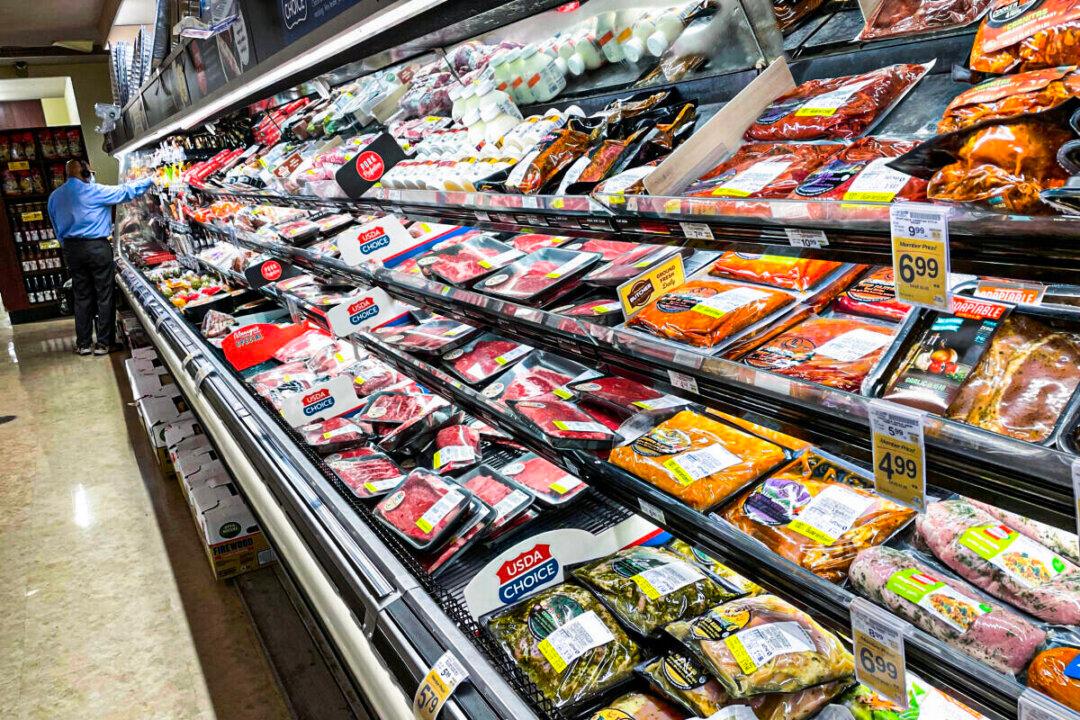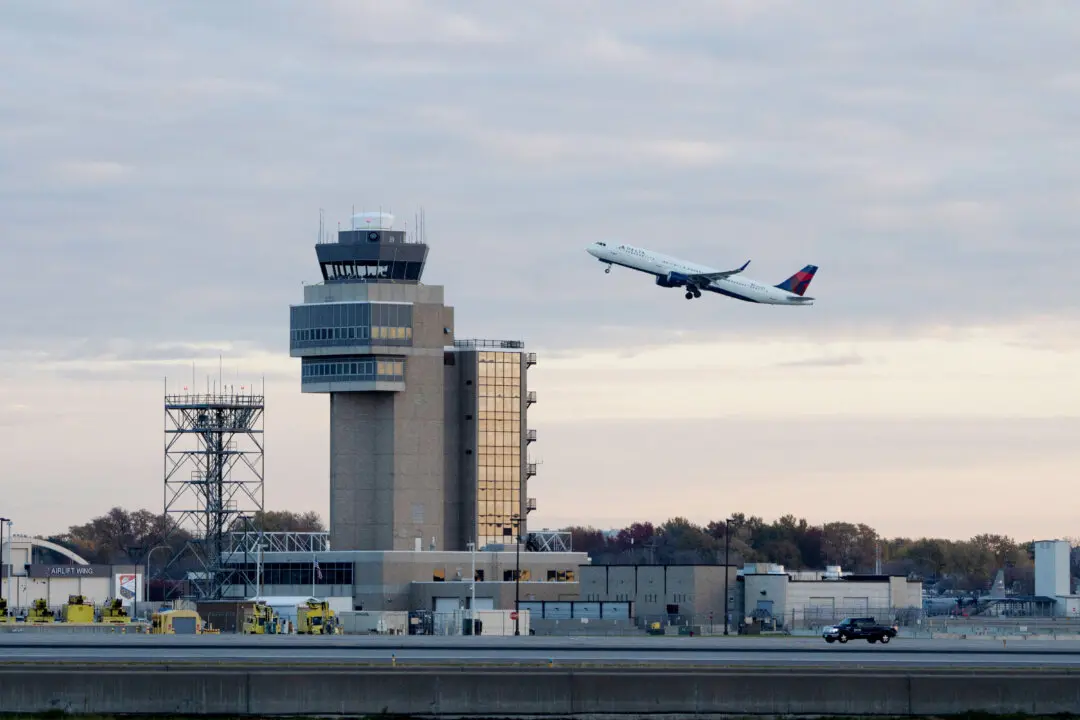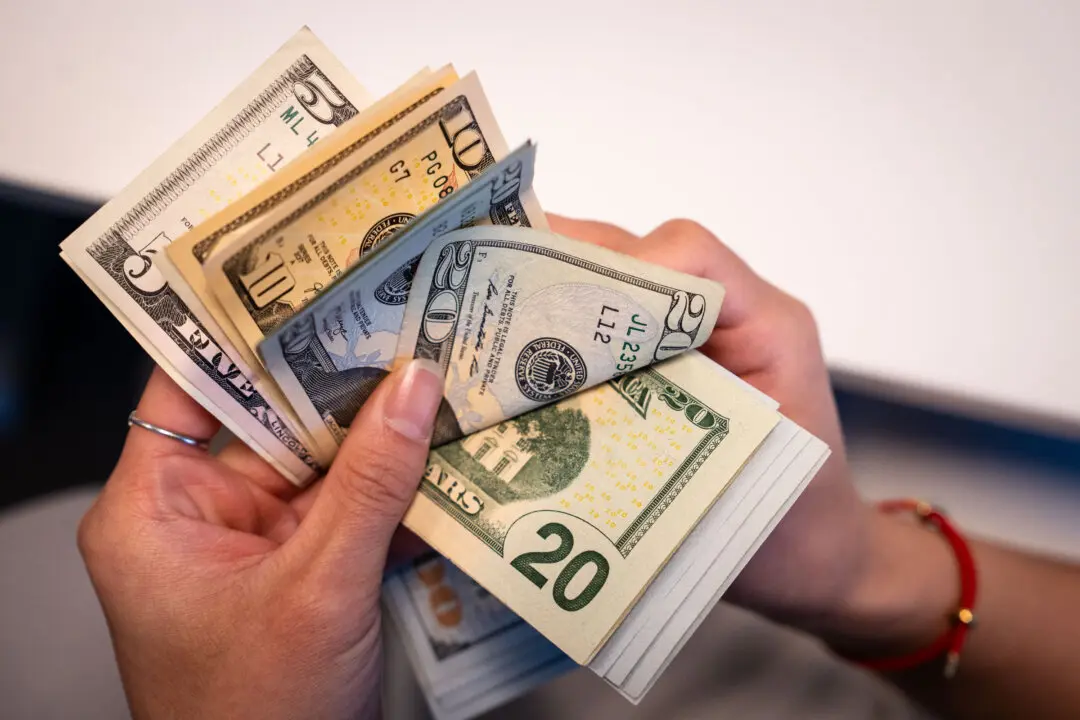Food price inflation is rising at an alarming rate, with the annual rate en route to becoming the highest in recent years, according to the U.S. Department of Agriculture (USDA).
The Consumer Price Index (CPI) for all food rose by 1 percent from February to March 2022. When compared to March 2021, food prices were higher by 8.8 percent in March 2022, data from the USDA shows. The agency predicts in 2022 all food CPI to rise by 5 to 6 percent, which is much higher than the 3.9 percent hike in 2021, 3.4 percent hike in 2020, and 1.9 percent hike in 2019.





